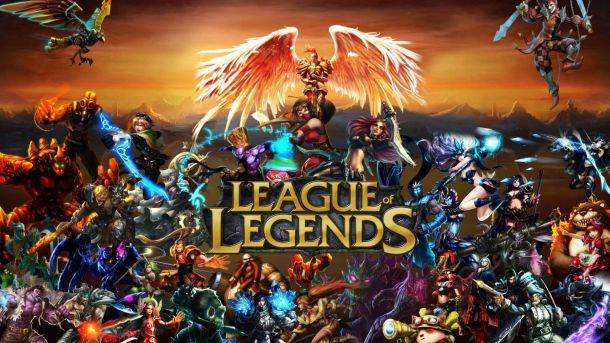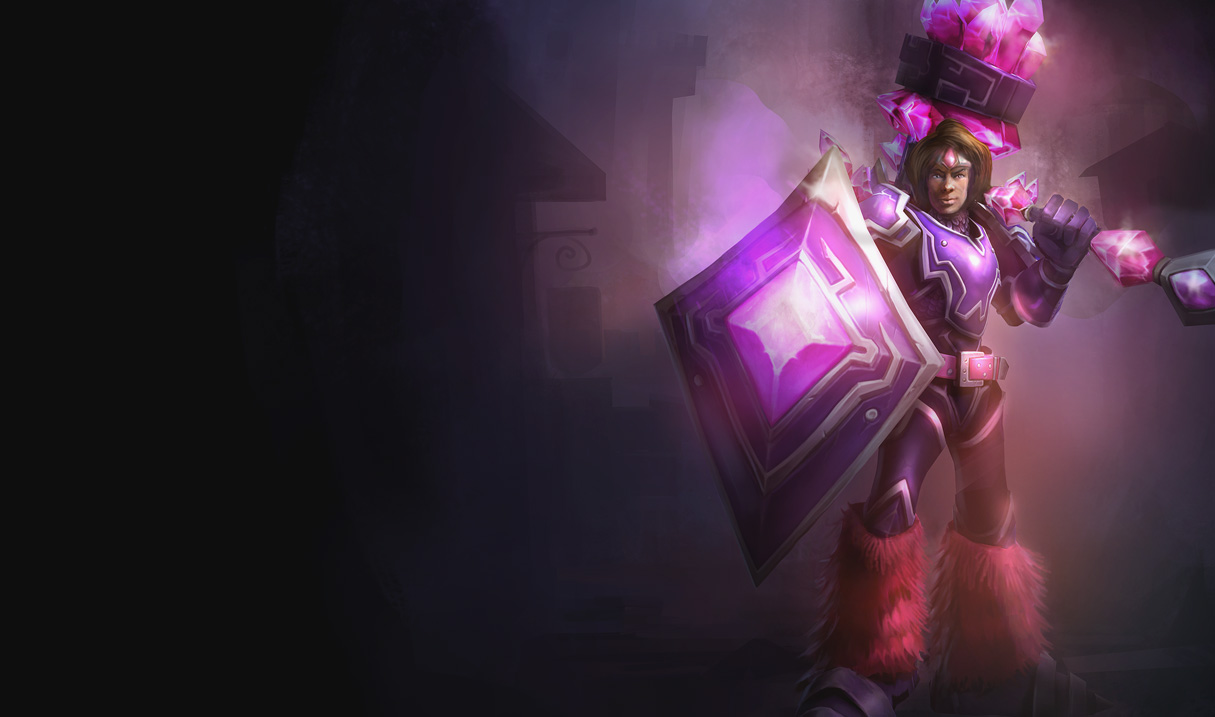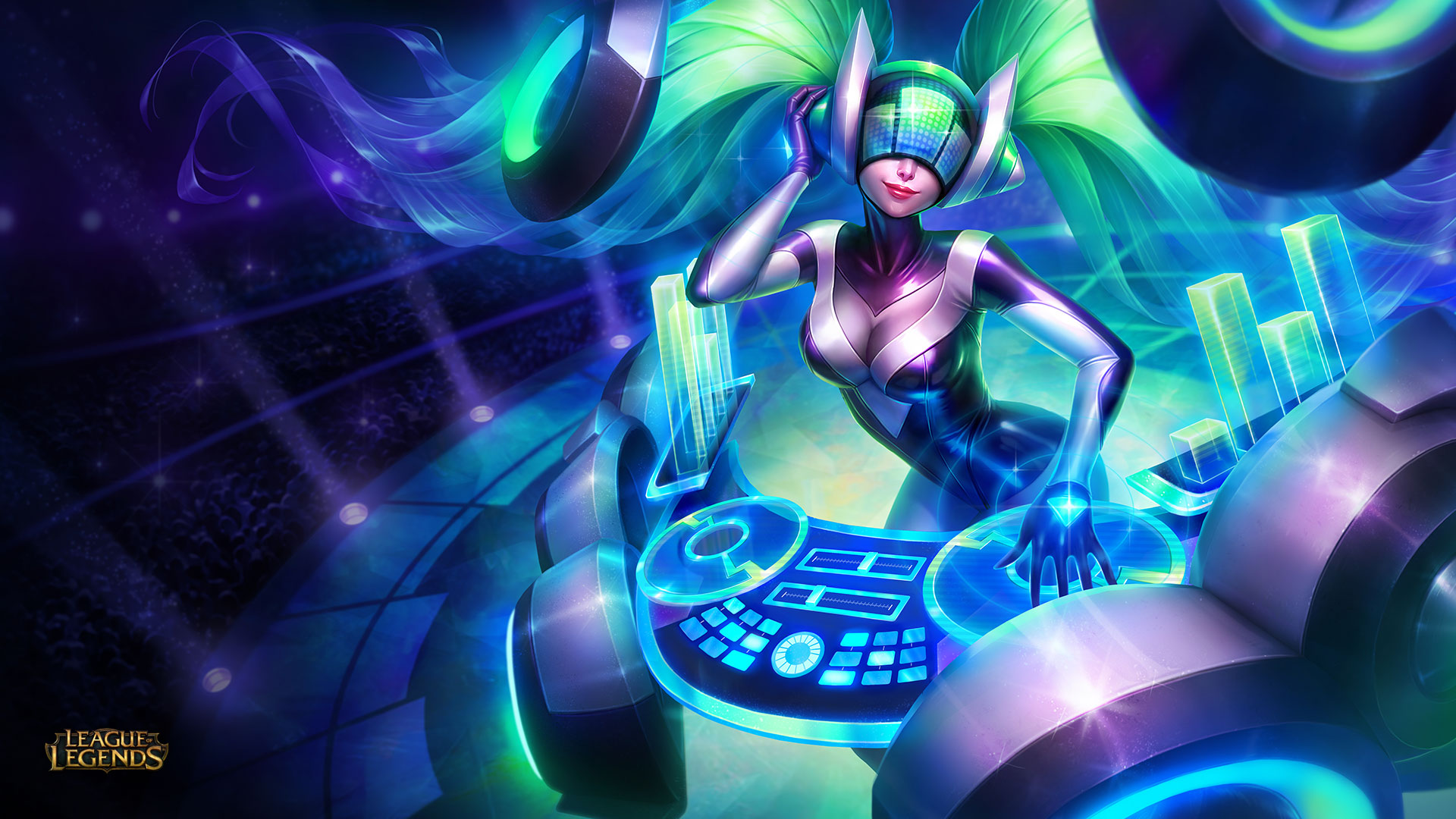How I learned to stop worrying and love Nemesis Draft

When the usual stream monsters and Reddit commentators speak about bad picks and poor champions, there's usually an unspoken caveat: these champions are bad compared to other options. Being an unspoken caveat, it's also one that's often forgotten—hyperbolic terms like "useless" or "does negative damage" gets flung around to the point that it's easy to forget the context in which they're judged by.
Which is why the new Nemesis Draft mode is so bloody brilliant. I love it. It pains me to know that it's only here on a temporary basis, because it's been direly needed as an object lesson to the player base—hopefully it'll be something they put into regular rotation.
The gist is: it isn't the champion's fault that you're losing lane or your teammates are doing badly. The worth of a tool is based first and foremost on its craftsman. Sure, a hammer forged from good iron might be better at beating things in than a rock you picked off the ground. But the difference between your grandfather's hammer with the well-worn wooden grip stained by decades of sweat and labor, and the sleek one with the ergonomic grip from a $1000 toolset, is that the former was used by somebody that knew what the hell they were doing. You, on the other hand, just spent $1000 to build a shoddy birdhouse!

Let's take some recent games for example. I keep seeing Taric banned—that is, with the Nemesis Draft, you ban to keep your opponents from giving you something that sucks instead of, as with normal play, to keep them from taking something good. In one game, he slipped through and fell right into my lap.
I proceeded to pick up double-kills in lane, and chase whole teams around with the threat of a Dazzle. I tanked literally everything they threw at me, heedless of any of their threats. Taric is terrific—at least from a team-oriented perspective. Radiance gives so many free stats it's obnoxious, and his passive basically acts as a Sheen, which (naturally) worked especially well after I built the actual item, laying waste to anybody I could Flash onto for a close-range stun.
Or Maokai, in another game. Who gives people one of the tankiest possible top laners in the game in Nemesis Draft? Did they think that the recent prevalence of Irelias, Gnars, Lissandras and other high-damage fighters in the current metagame meant that Maokai was weak? He spent months at the top of the charts as one of the most devastating presences in teamfights—and nothing about that's changed, merely the strategic emphasis at the uppermost levels of the game.
On the flip side, I really wish people would stop letting Sona through. As a former Bronzie that dug himself one game at a time out of the 800 Elo trench (back when Elo was still a numerical value), I know better than most just how effective Sona is, even after her rework—especially after I figured how to make her into an off-carry. Put a Sheen on her, and she's ripping health bars apart every time she hits her Q. No, dude, treat the songstress with respect—just because you think it's funny to force them to play a support champion as an AD carry doesn't mean she isn't really freaking effective as an AD carry, given the great interaction between her low-cooldown abilities and Sheen-boosted auto-attacks.
The biggest gaming news, reviews and hardware deals
Keep up to date with the most important stories and the best deals, as picked by the PC Gamer team.

What Nemesis Draft teaches us is the wide gulf between champion reputation and actual capability. It reminds us that a lot of the roster's only weak because Riot hasn't gotten around to nerfbatting the hell out of Ahri, Gnar or Kalista yet. But when you remove the S-tier champions from contention, seemingly useless champions suddenly find themselves leaders of the pack, if only its players properly understood how to utilize them in combination with other rarely-used options.
Now, that's not to say that all champions below the common tournament-tier choices are equally valid. There are definitely some ways to abuse Nemesis Draft to really frustrate your opponents. But it's less about choosing specific champions and choosing common (and detrimental) champion qualities. For instance:
1. The Unruly Mob: a team without reliable Crowd Control is a team asking to die—repeatedly. Though giving them Fiora, Lucian, Ezreal and other high-damage champions seems like a somewhat self-destructive course of action, they're also champions that have traditionally required a lot of peel and front-liners to be effective. On the other hand, if your team was granted anybody with a root, stun or knockup, especially as an area of effect, all that damage can be (relatively) trivially shut down...assuming you were all smart enough to build tanky against such a team.
2. The Pacifists: The other end of the scale's champions that do have a lot of utility, but hit like wet noodles. Alistar, for instance, simply doesn't have the ratios or qualities in his spells to be anything but a front-line tank—though he is, of course, very good at that role. Same with Nami: she might be able to single-handedly orchestrate the outcome of a fight with good Aqua Prison and Tidal Wave placement, but the high cooldown of her spells and weak autoattacks makes her an especially poor choice as a mage or carry.
3. Purebreed Problems: What happens when a team only has magic-based damage? Well, if your team wants to win, it probably means that everybody, including the support, has a Null-Magic Mantle after their first recall, and Locket of the Iron Solari gets built extremely quickly. Similarly, you can feel the palpable frustration when an all-AD team runs headlong into multiple Randuin's Omens. Forcing the enemy team onto solitary forms of damage makes it braindead easy to build against them, giving you a statistical advantage even if you can't quite secure a strategic one.
4. Knives in a Gun Fight: There are few things sadder than an Udyr with a whole bunch of items that has to wade through slows, roots and Elder Lizard buffed autoattacks to get close to his target. With no gap closer, no ranged abilities and only a small movement speed booster, Udyr might as well be a kite played with by the enemy AD carry and mage. Though ranged champions tend to be designed with a glass jaw in terms of defensive stats, they nonetheless hold an inherent offensive advantage against melee-range counterparts, and one accentuated the more skilled the player is at positioning and movement options.
5. Urgot: ...okay, fair, maybe there is such thing as a truly useless champion.
Feel free to give them Elise too.

